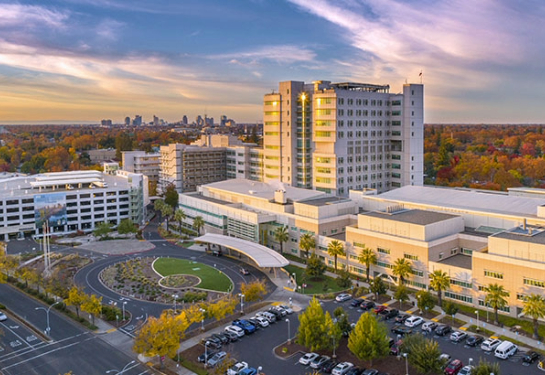When should you call 911?
Hospital systems and emergency medical services launch campaign to educate community on 911 use
A group of local health care and emergency services providers have launched a campaign to education the community about the appropriate use of the 911 system and emergency departments. The effort includes the Hospital Council of Northern and Central California, local emergency services, local fire department agencies, and the four major hospital systems in Sacramento, including Dignity Health, Kaiser Permanente, Sutter Health, and UC Davis Health. More appropriate use of this support system means first responders can better serve patients and the wider the community as efficiently as possible.
While the pandemic caused many people to delay needed health care, first-line responders are now seeing many more people call 911 for non-emergency care. In fact, one of Sacramento’s busiest hospital Emergency Departments has seen a 300% increase in patients arriving via ambulance at the lowest level (least sick) assessment, and over half of patients arriving are not sick enough to be admitted to the hospital for further care.
“Whether someone needs an ambulance or care at one of our hospitals, we will always be here to serve the community. Before picking up the phone, however, we encourage the public to evaluate whether it is a true emergency situation,” said Brian Jensen, vice president of the Hospital Council of Northern and Central California. “This is a great opportunity to remind the public that there are many different ways to access medical care, including community health clinics, primary care doctor’s offices, urgent care or walk-in care centers and even medical advice lines operated by health systems.”
The number of 911 calls for ambulances has increased regionally in the last year. With these recent increases, Sacramento ambulance crews are spending between 2,000 and 3,000 hours each month waiting with patients who are not sick enough to be unloaded and seen at the hospital.
When an ambulance arrives at a hospital, patients are assessed to determine how urgently their condition needs care. Arriving via ambulance does not ‘jump the line’ or help a patient get seen sooner by medical providers than arriving at the hospital any other way.
“We are proud to partner with the Hospital Council and the four major health systems in Sacramento to build awareness around this issue,” said Eric Saylors, assistant chief of the Sacramento Fire Department. “By reducing our non-emergency 911 calls, we can better serve the community members in time-sensitive and life-threatening situations.”
The campaign's goal, “Get the right care, in the right place, at the right time,” is to educate the public and engage local elected officials and other key stakeholders on the issue. The campaign kicked off efforts during an event on Tuesday, Aug. 2, and first responders will leverage the observance to build awareness surrounding this issue during National Night Out - an annual community-building event that promotes police-community partnerships and neighborhood camaraderie.



